
The future of birds in our national parks
Audubon scientists have teamed up with colleagues from the National Park Service to look at how the accelerating change in climate will affect the birdlife in 274 National Park Service properties. Detailed reports for every park list birds for which the climatic conditions will be getting better or worse or staying the same. The reports also predict some species that might disappear from each park and others that could move in.
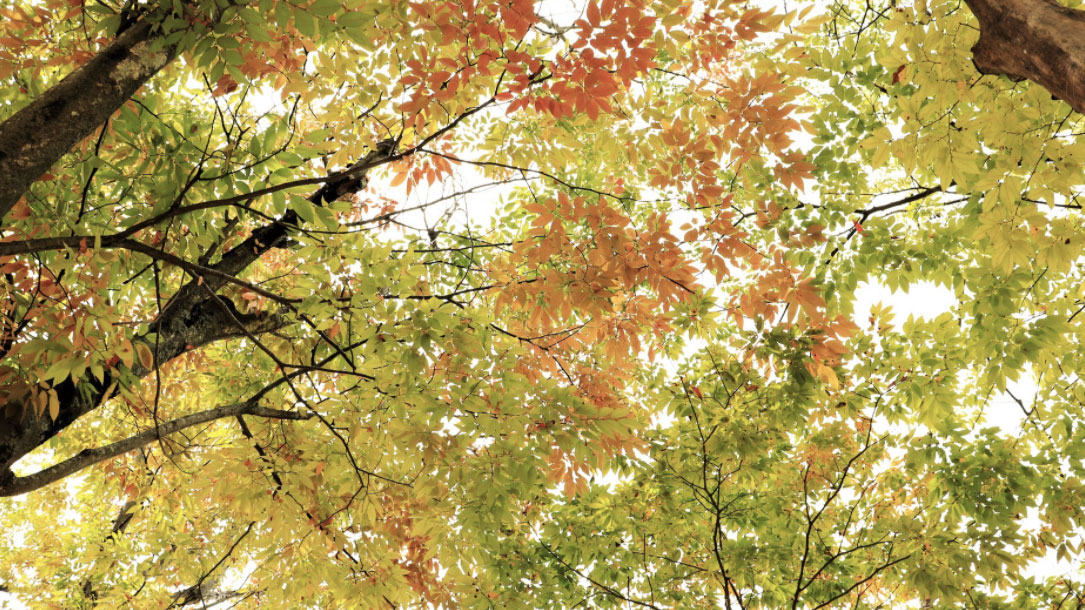
Challenges to the reforestation pipeline in the United States
To accelerate reforestation, the entire “pipeline” for tree planting (i.e., seeds, nurseries, outplanting, and post-planting activities) would need to be scaled up, including seed collection and storage, nursery production, outplanting, and post-planting treatment and monitoring. Thus, identifying regional limitations and potential solutions is necessary for reforestation to be deployed at scale.
Based on an estimate of reforestable land, a survey of nursery managers, a survey of foresters, and a synthesis of the available literature, we estimated how many seedlings would be required, compared that to current production, examined where potential limitations exist in the reforestation pipeline, and offered some potential solutions to projected limitations…

Natural climate solutions
In short, it’s time for us to realize that this energy work is core to our conservation mission—perhaps as much or more so right now as invasive species. Check out this informational graph, and the scientific article, linked.

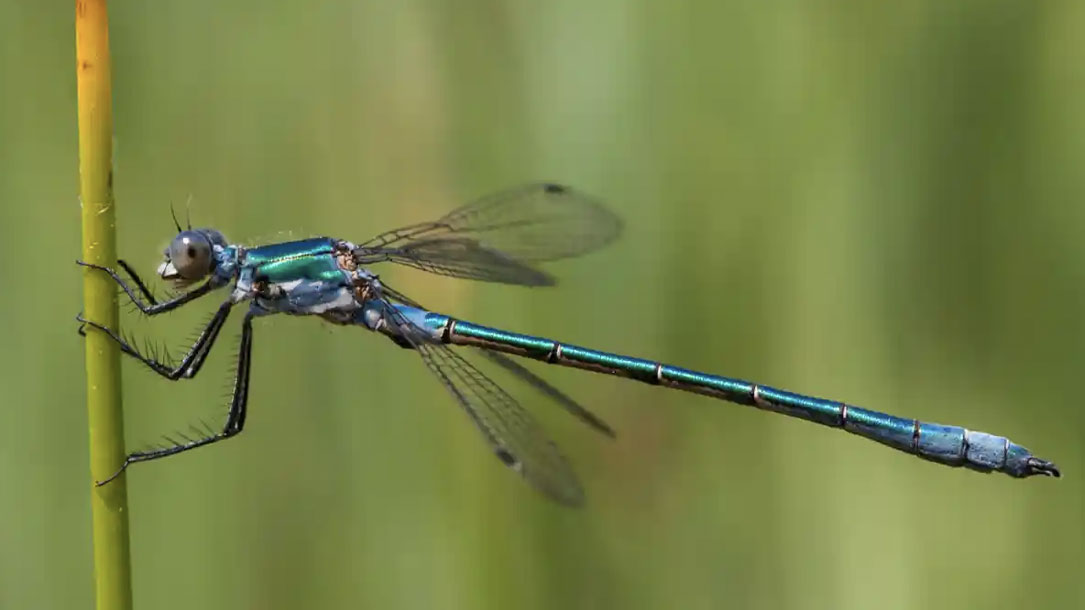
Insect populations suffering death by 1,000 cuts, say scientists
Insect populations are suffering “death by a thousand cuts”, with many falling at “frightening” rates that are “tearing apart the tapestry of life”, according to scientists behind a new volume of studies.
The insects face multiple, overlapping threats including the destruction of wild habitats for farming, urbanisation, pesticides and light pollution. Population collapses have been recorded in places where human activities dominate, such as in Germany, but there is little data from outside Europe and North America and in particular from wild, tropical regions where most insects live.

‘One of most disturbing articles I have ever read’ scientist says of study detailing climate-driven ‘bugpocalypse’
When a scientist who studies the essential role insects play in the health of the ecosystem calls a new study on the dramatic decline of bug populations around the world “one of the most disturbing articles” he’s ever read, it’s time for the world to pay attention.
The article in question is a report published Monday in the Proceedings of the National Academy of Sciences (PNAS) showing that in addition to annihilating hundreds of mammal species, the human-caused climate crisis has also sparked a global “bugpocalypse” that will only continue to accelerate in the absence of systemic action to curb planetary warming.
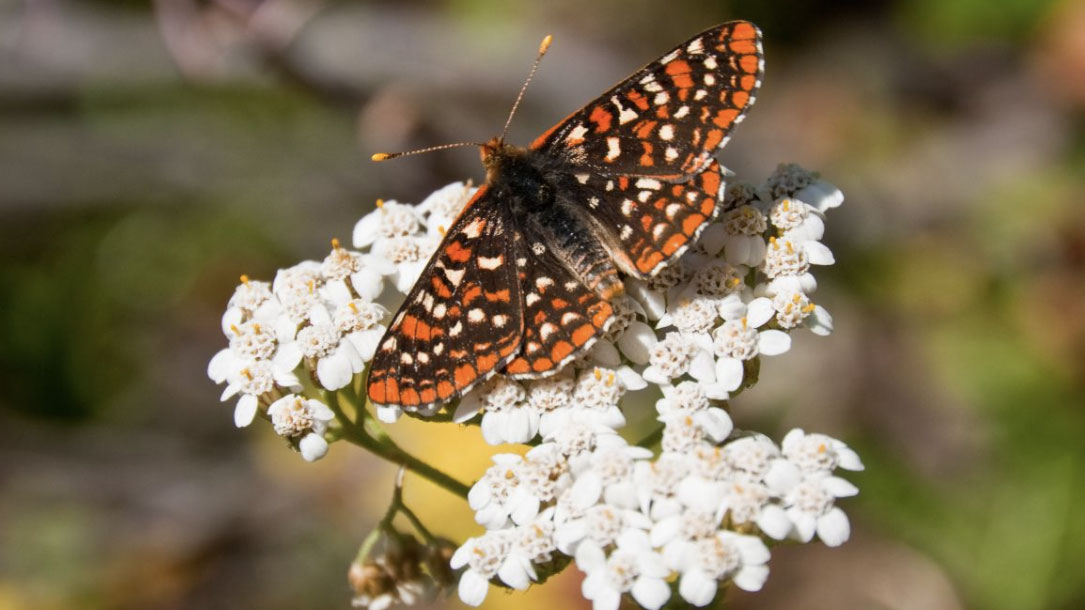
Fewer butterflies seen by community scientists across the warming and drying landscapes of the American West
Many recent studies have revealed sweeping declines in insects over the past few decades. Butterflies are no exception. This study used three different datasets, collected by both experts and community scientists, and found that the number of butterflies has declined over the past 40 years. Although the drivers of decline are complex, the authors found that climate change—in particular, warmer months in the autumn—explain a large portion, even as warming summers actually lead to increases. This work shows that climate change impacts may be insidious and unexpected in their effects…
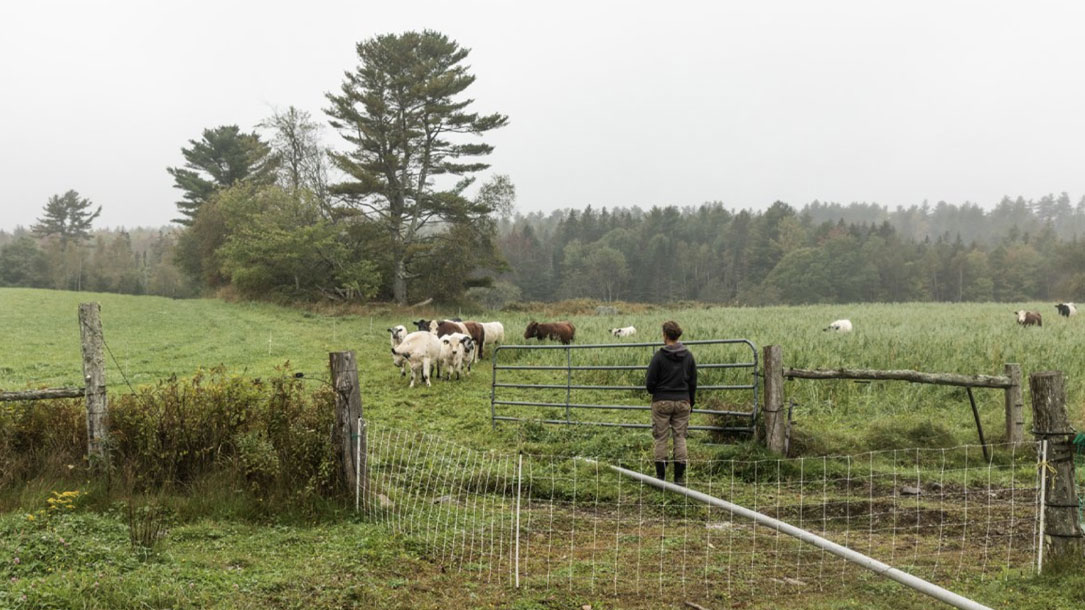
Maine farmers struggle with new, harsher climate reality
Tom Drew thought he’d seen it all. A dairy farmer of 30 years in Woodland, Maine, Drew has weathered an awful lot of change. On an overcast, chilly day last fall, he rested in his milking parlor.
As he leaned his large frame on the metal table, he recounted the history of the farm, his family’s attachment to the old jack pines out front. Like many small and medium-scale dairy farmers, remaining profitable is a challenge for Drew, and every day feels uncertain…

Biden’s historic action on 30×30
After a drumbeat of headlines in recent years detailing nature’s decline, there’s very good news from the Biden administration, with the president pledging to put America on the path of protecting at least 30 percent of its land and 30 percent of its ocean areas by 2030 (30×30). This action is necessary to reverse nature’s decline, fight climate change, and secure the natural life support systems we depend on for clean air and water, food, and quality of life. And, if done right, fulfilling a 30×30 goal offers benefits beyond safeguarding and strengthening the natural foundations of our society. It should create more equitable access to nature, bring communities together to conserve our shared natural heritage, honor tribal sovereignty and self-determination, and strengthen our economy.
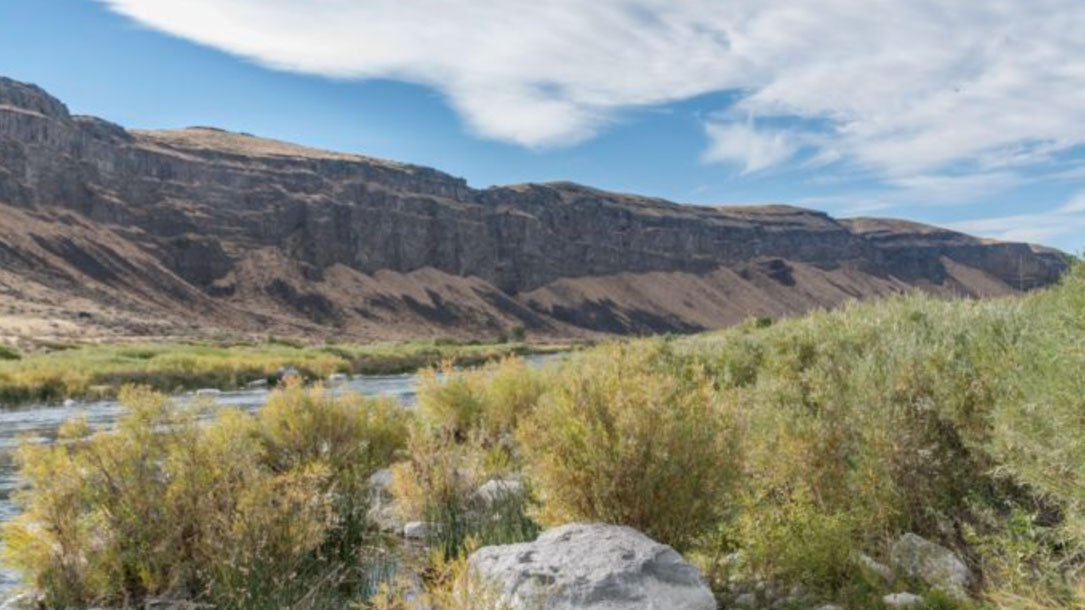
70 bipartisan mayors commit to conserving 30% of U.S. lands by 2030
“Seventy of the nation’s mayors have endorsed a campaign dedicated to conserving 30% of America’s lands, waters and oceans by 2030, an effort dubbed the 30×30 initiative.
The mayors represent 29 states, and Washington, D.C. Most serve in a nonpartisan or independent office, while 21 are Democrats and four are Republican. Cities represented include Chicago, Miami-Dade County and Phoenix…”
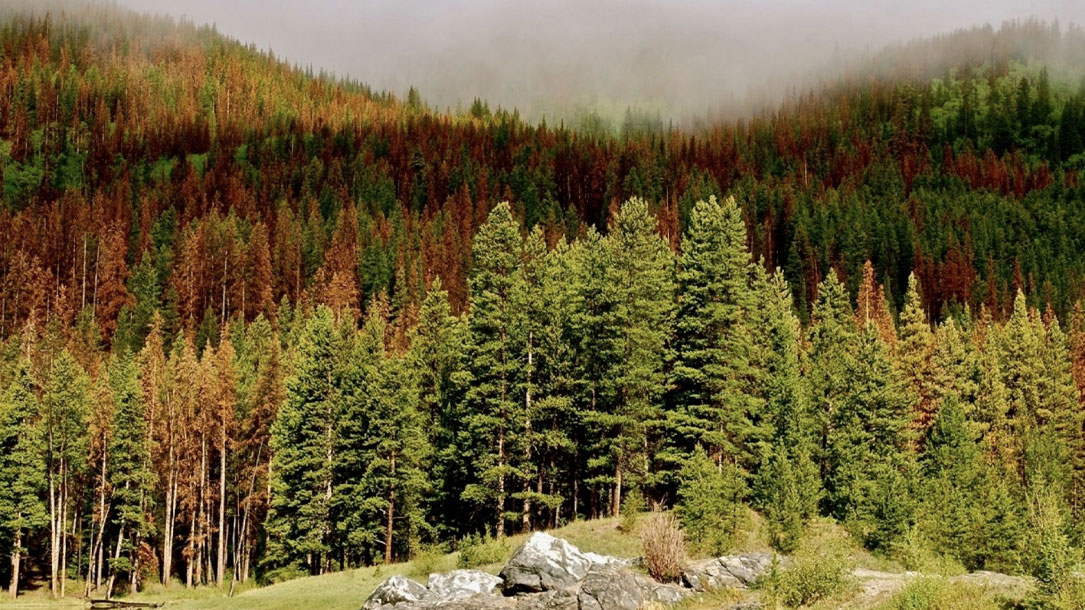
Many overheated forests may soon release more carbon than they absorb
New research shows that Earth’s overheated climate will alter forests at a global scale even more fundamentally, by flipping a critical greenhouse gas switch in the next few decades. The study suggests that, by 2040, forests will take up only half as much carbon dioxide from the atmosphere as they do now, if global temperatures keep rising at the present pace.
The study, published Wednesday in Science Advances, analyzed more than 20 years of data from about 250 sites that measure the transfer of carbon dioxide between land and plants and the atmosphere—the way the planet breathes. Forests and the rest of Earth’s land-based ecosystems take up about 30 percent of human carbon emissions, so any big change in that process is important…












